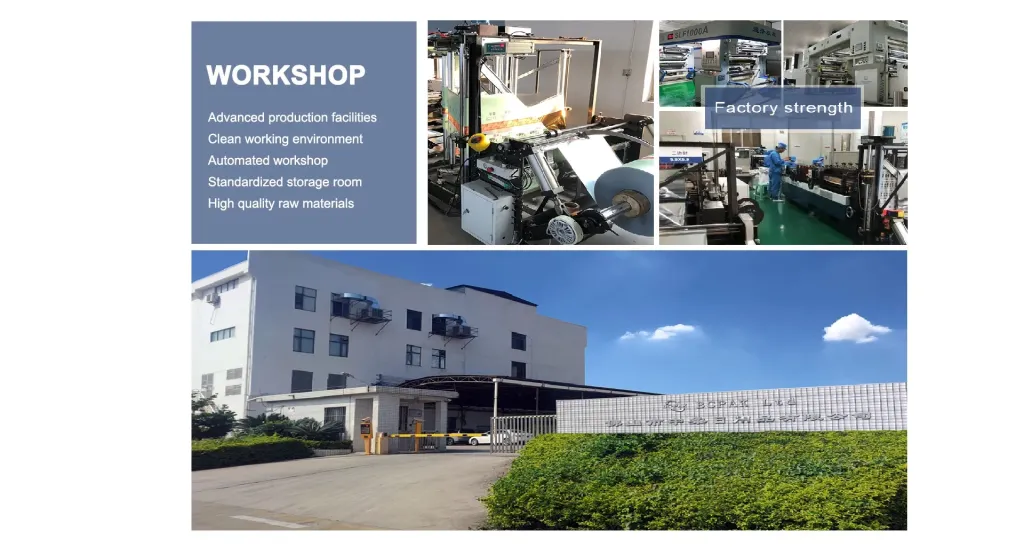Pipe couplings are pivotal components in various industrial and residential applications, providing a reliable method to join and extend pipes. Their significance stems from their ability to maintain the structural integrity and fluidity of the piping system, which is crucial in both domestic plumbing and complex industrial workflows. With advancements in materials and engineering, the options and innovations within pipe couplings have expanded, offering solutions tailored to specific needs.

Navigating the array of pipe couplings requires an understanding of their types, materials, and the contexts in which they are best utilized. Primarily, we have three significant types rigid couplings,
flexible couplings, and slip couplings. Rigid couplings provide unwavering stability and are essential in scenarios where misalignment is minimal, and structural support is the primary concern. In contrast, flexible couplings allow for some degree of movement, accommodating vibrations and angle deviation, making them ideal for seismic zones or areas that require a little flexibility due to environmental conditions. Slip couplings, on the other hand, are known for their ability to repair or join pipes of varying lengths effectively, thus proving essential in emergency repairs or system extensions.
Materials play a critical role in defining the durability and application suitability of pipe couplings. Common materials include stainless steel, for its corrosion resistance and strength; PVC, favored for its lightweight and cost-effectiveness in less demanding applications; cast iron, which offers robustness and longevity; and brass, known for its superior malleability and thermal conductivity. Each material has its pros and cons concerning cost, durability, and application environment, thus necessitating careful selection based on the operational conditions.

An often underestimated aspect of pipe couplings is the sealing mechanism. The effectiveness of a coupling's seal can significantly affect its performance, preventing leaks and ensuring the seamless flow of substances. Many couplings employ sealing technologies such as gaskets, O-rings, or advanced adhesive compounds specifically designed to withstand the intended operational pressures and temperatures.
Incorporating innovations such as quick-coupling mechanisms or self-sealing features has revolutionized how industries approach piping configurations. Quick couplings, for example, have drastically reduced installation times and maintenance costs by allowing operators to disconnect and reconnect pipes without specialized tools or excessive downtime. This feature is invaluable in industries like chemical processing or oil and gas, where time is of the essence and operational continuity is critical.
pipe coupling
From an expert's perspective, selecting the optimal pipe coupling involves a comprehensive assessment of the system's requirements—pressure handling, thermal conditions, fluid characteristics, and environmental factors. Furthermore, expertise in installation practices cannot be overstated. Proper installation ensures the longevity and efficacy of the coupling, highlighting the need for skilled personnel or detailed adherence to manufacturer guidelines.
Looking towards the future, the evolution of smart piping systems integrates IoT technologies to monitor and adjust coupling performance in real-time. Smart couplings equipped with sensors allow for proactive maintenance, minimizing the risk of failure and optimizing operational efficiency. This ongoing innovation underscores the authoritative role of pipe couplings in modern infrastructure.
Trust in the application of pipe couplings is built upon consistent performance and adherence to industry standards. Certifications from recognized bodies offer assurance of the coupling's capacity to meet specific criteria related to safety, environmental impact, and operational performance. Consequently, products bearing these certifications become highly sought after for critical applications.
In conclusion, pipe couplings are not merely connective devices; they are engineered solutions integral to the functionality and sustainability of piping systems. Through meticulous selection, informed by expertise and experience, and the embrace of emerging technologies, these components continue to secure their place as foundational elements in plumbing and industrial configurations worldwide.
Post time:
Jan-26-2025











